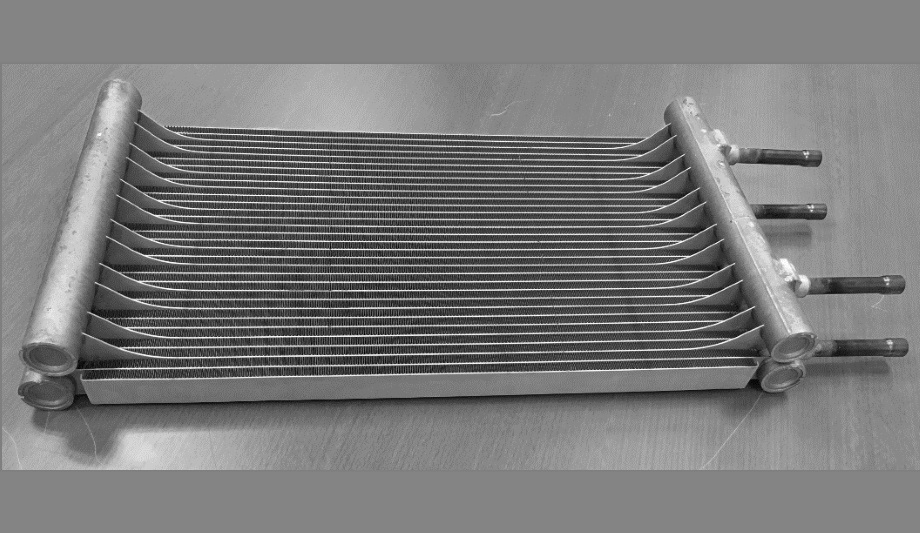Microchannel warmth exchangers have gained important consideration lately because of their distinctive warmth transfer capabilities and compact dimension. These miniaturized devices are widely utilized in numerous industries, including electronics cooling, automotive functions, and aerospace methods. One crucial factor that significantly impacts the performance of microchannel heat exchangers is stress drop.
Pressure drop refers back to the lack of fluid pressure because it passes via the channels of a heat exchanger. It happens due to the frictional resistance encountered by the fluid whereas flowing by way of slim and confined microchannels. Although pressure drop is an inherent characteristic of any move system, its impact on warmth switch in microchannel warmth exchangers may be substantial.
The Relationship between Pressure Drop and Heat Transfer
The stress drop skilled in microchannels has a direct affect on the overall warmth switch efficiency of the heat exchanger. This relationship arises from several factors:
Flow Velocity:
Pressure drop is immediately proportional to the move velocity of the fluid. As the fluid strikes quicker through the microchannels, more vitality is dissipated in overcoming the frictional forces, resulting in higher pressure drop. Conversely, reducing the circulate velocity decreases the strain drop.
Heat Transfer Coefficient:
Pressure drop impacts the convective heat switch coefficient throughout the microchannels. With an increase in pressure drop, the fluid experiences enhanced mixing and improved contact with the channel walls. This increased interplay results in better warmth switch between the fluid and the channel surfaces, finally enhancing the overall warmth switch coefficient.
Uniformity of Flow:
A high-pressure drop promotes uniform circulate distribution throughout the microchannels. This uniformity ensures that every channel receives an equal quantity of fluid circulate, stopping the occurrence of hotspots or chilly spots. Consequently, this balanced move distribution aids in sustaining consistent warmth switch efficiency all through the microchannel heat exchanger.
Challenges Posed by High Pressure Drop
While pressure drop can have constructive effects on warmth switch, excessive pressure drop poses certain challenges that have to be addressed:
Pump Power Requirement:
High pressure drop necessitates the use of more powerful pumps to maintain the desired flow rate. This increased power requirement results in higher energy consumption micro channel heat exchanger and operational costs. Therefore, it is crucial to strike a balance between achieving optimal heat transfer and minimizing pump power requirements.
System Compatibility:
The design and number of microchannel heat exchangers must contemplate the pressure drop limitations of the complete system. Integrating these warmth exchangers into present techniques might require modifications to accommodate the stress drop characteristics, which might add complexity and value to the general setup.
Flow Instabilities:
Extremely excessive strain drops can induce flow instabilities, leading to move oscillations or even system failure. These instabilities can disrupt heat transfer processes and influence the general reliability and performance of microchannel heat exchangers.
Optimizing Pressure Drop for Enhanced Heat Transfer
To ensure efficient heat transfer whereas mitigating the challenges related to stress drop, several techniques are employed:
Channel Geometry:
The design of microchannels considerably influences strain drop and warmth transfer efficiency. By optimizing channel dimensions, corresponding to width, depth, and aspect ratio, engineers can strike a steadiness between stress drop and warmth transfer effectivity. For occasion, growing the hydraulic diameter or using tapered channels can minimize strain drop without compromising warmth transfer efficiency.
Surface Treatments:
Enhancing the floor roughness or making use of coatings to channel walls can modify the fluid dynamics and scale back strain drop. These remedies promote better flow distribution, decrease frictional losses, and enhance convective heat switch.
Flow Control Devices:
Integrating flow management units, similar to baffles or micro-ribs, throughout the microchannels can manipulate flow traits to optimize pressure drop and heat switch. These units assist distribute the fluid evenly and scale back flow instabilities.
The influence of strain drop on warmth switch in microchannel warmth exchangers cannot be ignored. Understanding this relationship and implementing applicable design strategies is crucial for maximizing the performance and effectivity of those compact warmth change techniques. By striking a stability between stress drop and heat transfer, engineers can harness the complete potential of microchannel heat exchangers in numerous purposes.

